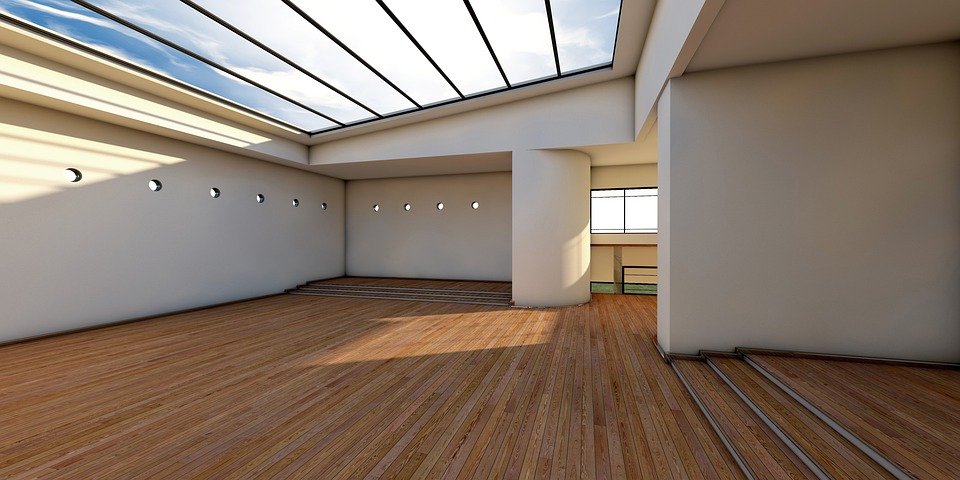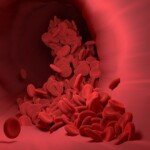The Unstoppable Rise of 3D Printing: Shaping the Future of Industrial Label Applicators
The landscape of manufacturing and automation is undergoing profound transformations driven by the continuous development of technologies such as 3D printing. While additive manufacturing (AM) revolutionizes prototyping and complex parts production, its impact is now deeply reshaping specific industrial tools, including modest but crucial Label applicator. For industries that require precision, customization, efficiency and uncompromising hygiene, the future of labels is forged on a layer.
Traditionally, label applicators—those robots or pneumatic arms skillfully place stickers on bottles, boxes and everything in between—are made using conventional techniques such as CNC machining, manufacturing and molding. Although effective, these approaches often cause significant limitations: for complex parts, lead times can be long, design changes are both expensive and slow, and achieving optimal weight-to-strength ratios or integration capabilities can be difficult. This is where metal 3D printing is especially the game changer that is coming into focus as a next-generation label system.
Why Metal 3D Printing Revolutionary Label Applicators:
-
Unrivaled design freedom and complexity:
- Optimize topology: Engineers can now design applicator components (final effect, mounting bracket, complex nozzle) according to functional requirements, minimizing weight while maximizing strength and stiffness. Internal cooling channels, conformal geometry for cable routing and complex lattice structures for vibration damping become achievable reality, which is impossible by subtraction.
- Parts merge: Multiple parts can often be designed and printed as a single integrated unit. This reduces assembly time, eliminates potential leak points (critical for cleaning the system), minimizes joints and streamlines maintenance.
-
Accelerate development and market time:
- Quick iteration: Prototype function applicator components get very fast. Compared to machining molds or waiting for CNC machining quotes and parts, new iterations are printed using new iterations that can quickly identify and correct design defects.
- Production on demand: Spare parts for critical applicator components can be printed locally and on demand, minimizing expensive line downtime caused by supply chain delays or outdated parts.
-
Excellent material properties:
- Advanced Alloys: Metal 3D printing releases the ideal high-performance materials for harsh label environments: stainless steel (316L, 17-4PH), for corrosion resistance and food/drug/drug compliance, lightweight rigidity of aluminum alloys, extreme strength rate of titanium, high strength rate, for high volume resistance, and for use within a specific resistance range and adapted to specific resistance.
- Tailored features: Advanced heat treatment and static pressures such as heat (hip) employed in post-processing can significantly improve the mechanical properties, density and fatigue life of printed applicator parts, making them perform better than traditionally made equivalents.
-
Massive customization:
- Product personalization: As the industry moves towards mass customization (considering batch processing or even unique labels for individual products), 3D printing can quickly and cost-effective applicator final effects and feeder modifications to handle unique label sizes, shapes or application technologies without the need to remake the entire production line.
- Optimized performance: Applicator components can be tailored to specific line speeds, product geometry and environmental conditions, thus maximizing efficiency and minimizing errors.
- Enhanced hygiene and cleanliness: Food, beverages, and pharmaceuticals are crucial
- Reduce assembly points: The combined parts remove the gaps and joints that can be contaminated, making cleaning faster and more efficient.
- Fluent surface: Precise control during printing and advanced post-processing, such as precise machining and polishing, can make extremely smooth, porous surfaces resistant to bacterial growth and easier to disinfect, which is essential to meet stringent hygiene standards.
The future is metal AM: the possibility beyond today
Going forward, the synergy between 3D printing and label applicators will only deepen:
- Wireless and sensor integration: Printed applicator components will be seamlessly embedded in sensors (pressure, temperature, location) and potential wireless communication antennas for real-time monitoring of application forces, adhesive performance and predictive maintenance.
- Multi-matter printing: Combining rigid structural metal with softer grip materials and even embedded elastic seals will produce smarter, more adaptable final effectors.
- AI-optimized design: Generative design algorithms driven by AM capabilities will automatically create the best applicator component geometry based on load paths, weight goals, and functional limitations, making it a lighter, stronger and more efficient design than human engineers can conceive individually.
- Microprint: For complex applications such as electronic marking, metal 3D printing may create extremely precise microfunction points and dispenser heads for specialized adhesives or micro-labels.
- Distributed and localized manufacturing: Large OEMs will maintain core production, but dedicated applicators or critical spare parts can be printed in distribution centers or even in large end-user factories, revolutionizing the supply chain.
Conclusion: Accurate labeling requires metal AM expertise
The future of label applicators is essentially linked to advances in the metal additive manufacturing industry. The ability to create complex, lightweight, strong, sanitary and highly customized components solves the core challenges facing industries that require speed, accuracy and compliance. With the improvement of production speed and the development of materials science, the operational necessity of adopting metal 3D printing will transition from competitive advantage to next-generation label automation.
For companies at the forefront of label technology, working with metal additive manufacturing experts is crucial. Greglight is ready to illuminate the path. As a professional metal 3D printing manufacturer, Greatlight has advanced equipment, deep production knowledge, and is constantly focusing on solving complex manufacturing problems. From design optimization consulting, accurate printing of a wide range of high-performance alloys to a comprehensive one-stop post-processing including hip, machining, polishing and finishing, Greglight offers a complete solution to build next-generation label applicator components for you. When performance, speed and accuracy are not commercially available to your tag system, Customize metal AM parts with Greatlime – achieve peak performance at best value.
FAQ: 3D Printed Label Applicator Assembly
-
Q: Isn’t 3D printing of smear parts too slow?
one: While AM is slow, modern metal printers, especially DML (Direct Metal Laser Sintering) or SLM (Selective Laser Melting) machines, are used by leaders like Greatlight, to provide significantly faster build speeds. More importantly, the ability to iterate quickly in design, merge parts and eliminate tool costs/complex components short lead times will often make AM hurry up and More economical Overall, specialized applications are generally compared to traditional methods. -
Q: Are 3D printed metal applicator parts strong enough?
one: Absolutely. Metal 3D printed parts use appropriate alloys and rigorous processes (including post-treatment such as hip joints) to achieve mechanical properties that conform to or often exceed forged or cast equivalents. They have excellent strength-to-weight ratios, good fatigue resistance and high stiffness – which are critical to the dynamic forces encountered in high-speed label operation. -
Q: How cost-effective is the metal 3D printing of applicators?
one: Economics has changed compared to traditional manufacturing. For highly complex, custom or low to medium production parts (such as custom final effectors or specialized installation hardware), AM often becomes Very Cost-effective. It eliminates expensive tools, reduces material waste, enables part consolidation to cut assembly costs and greatly reduces inventory demand for spare parts. Greatlight focuses on optimizing designs and processes to increase cost efficiency. -
Q: Can metal AM produce parts suitable for food contact (FDA/USDA/EC1935)?
one: Yes, criticism. Metal alloys (such as 316L stainless steel) are highly compatible with food contact regulations. Contamination traps can be minimized when combined with AM’s ability to create smooth, non-porous surfaces and merge designs – and Second is professional post-processing (electrical decay, passivation) – metal parts can easily meet strict food, beverage and drug hygiene standards. Greatlight specializes in the necessary protocols and finishes. -
Q: Which type of label applicator assembly is best for metal 3D printing?
one: The main candidates include:- Complex end effector/handshake: Lightweight, aerodynamic design with integrated functionality.
- Install brackets and weapons: Topologically optimized strength and vibration damping.
- Nozzle and dispenser head: Used for adhesives, air explosions or complex label operations.
- Sensor housing and custom fixtures: Used to integrate vision systems or add unique features.
- Wearing components: Custom rain and rain, guide to high friction.
- Merge components: Valve, pneumatic manifold is integrated into the applicator frame.
- Q: How does post-processing affect the final applicator section?
one: Post-processing is crucial for functional performance. Greglight’s one-stop service ensures that parts have:- Optimal mechanical properties: Heat treatment for hips for increased strength and durability.
- Required dimension accuracy and surface surface: Accurate CNC machining to tight tolerances, grinding, polishing.
- Enhanced surface properties: Shoot to relieve stress or bead blast.
- Hygiene compliance: Electropolishing for smooth, non-porous, passive surfaces. Correct post-processing converted to printing "Blank" Enter high-performance industrial components.


















